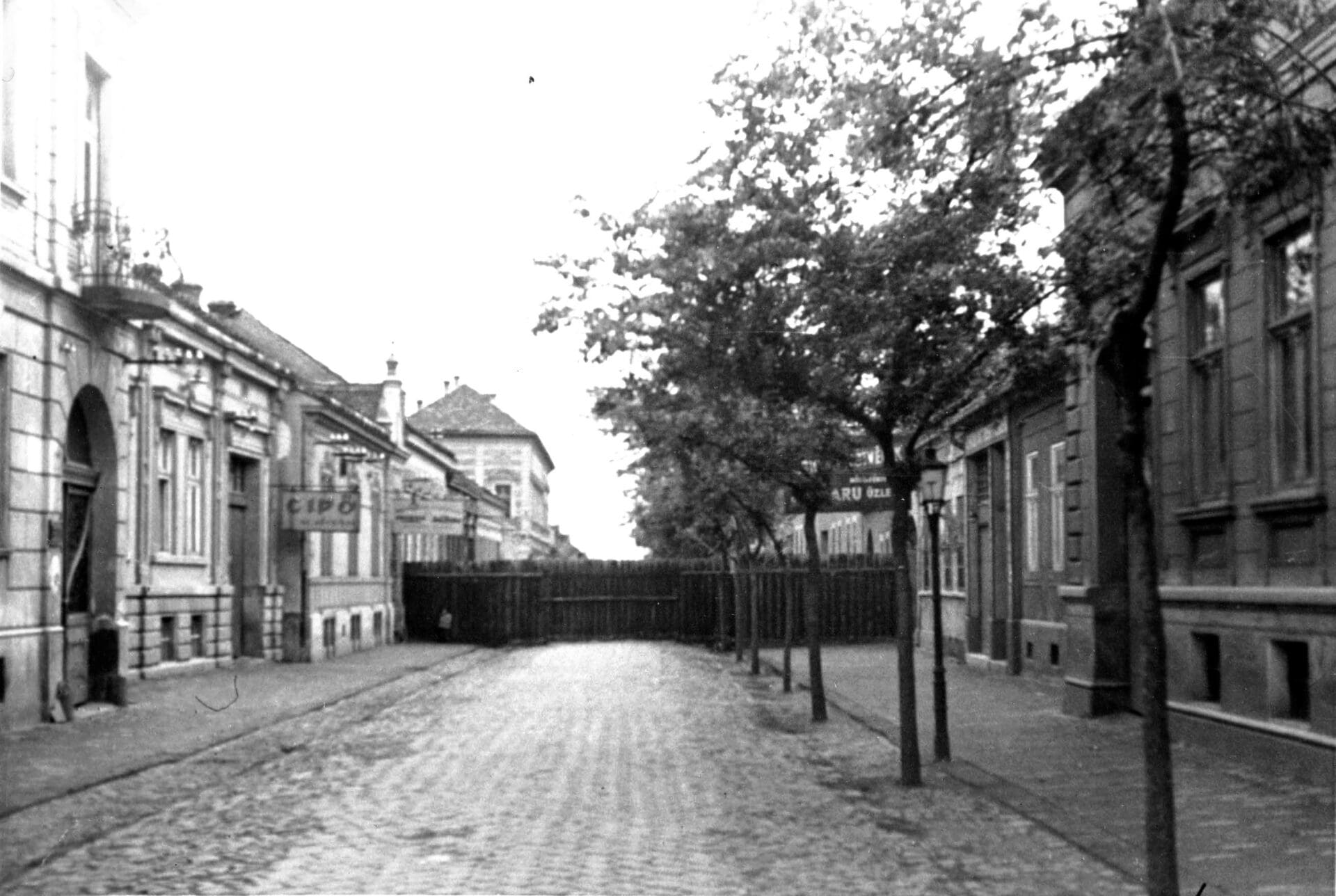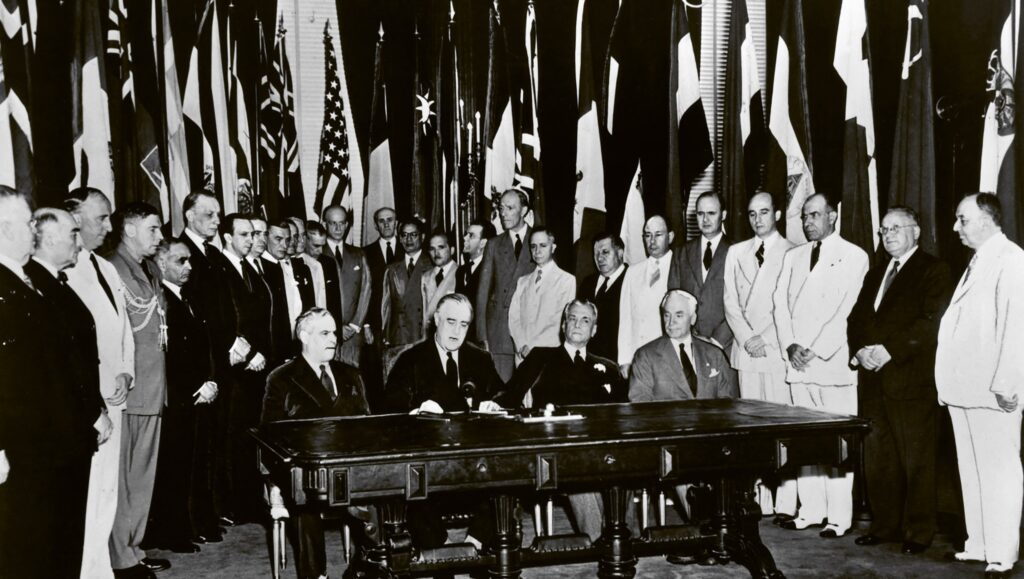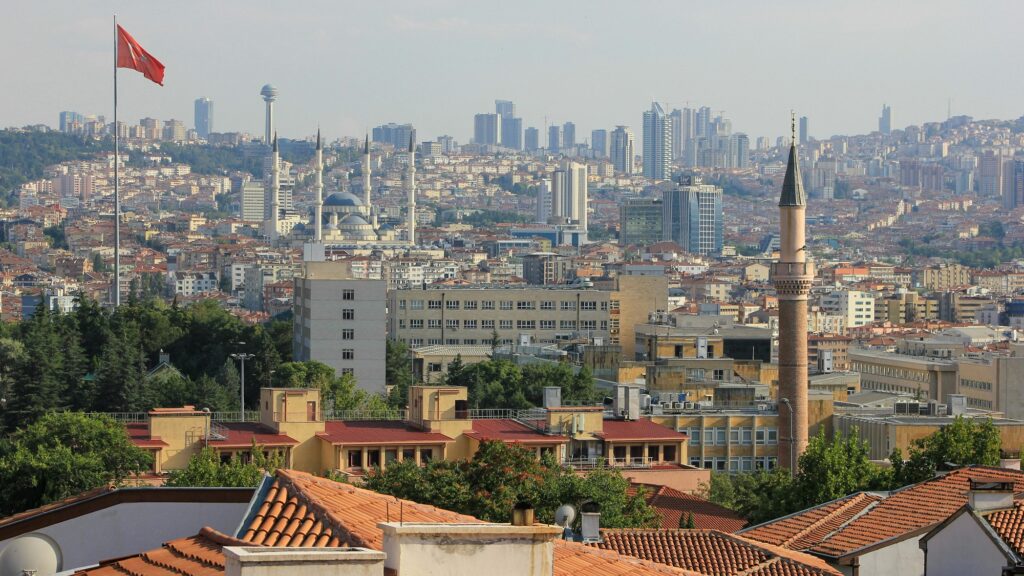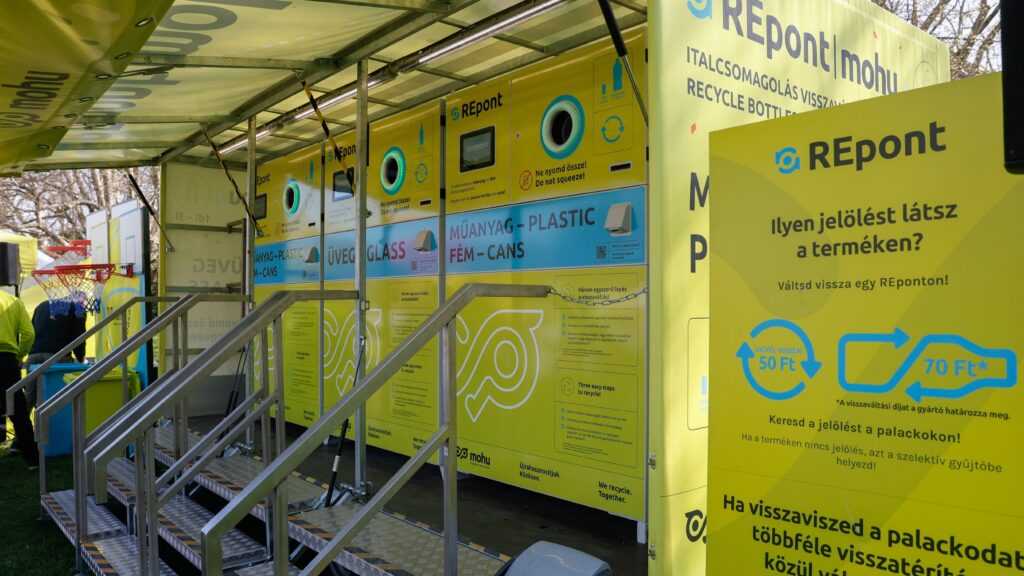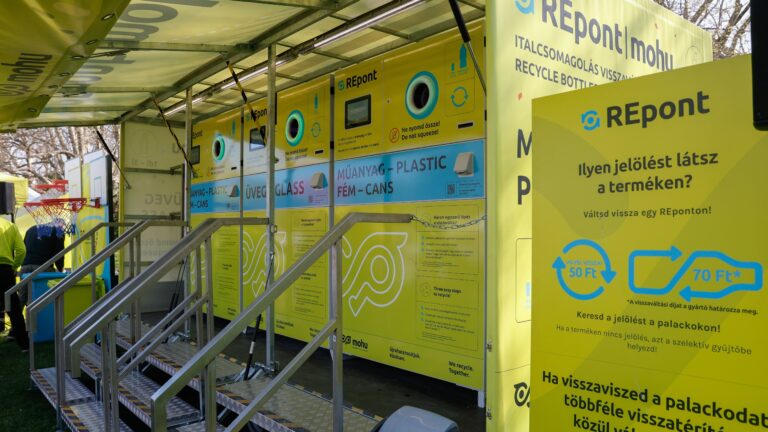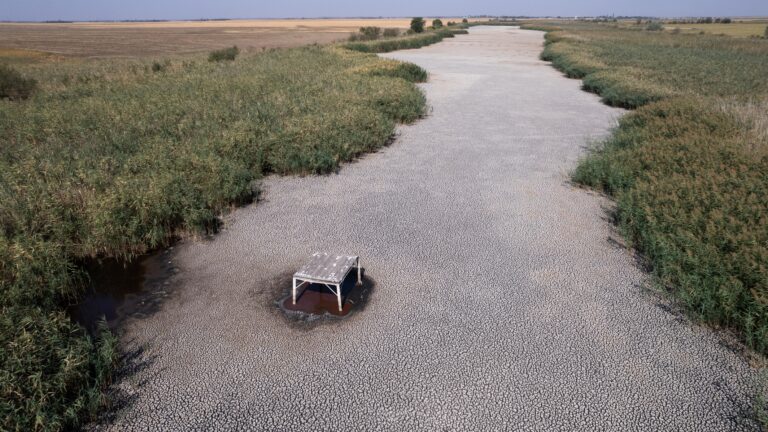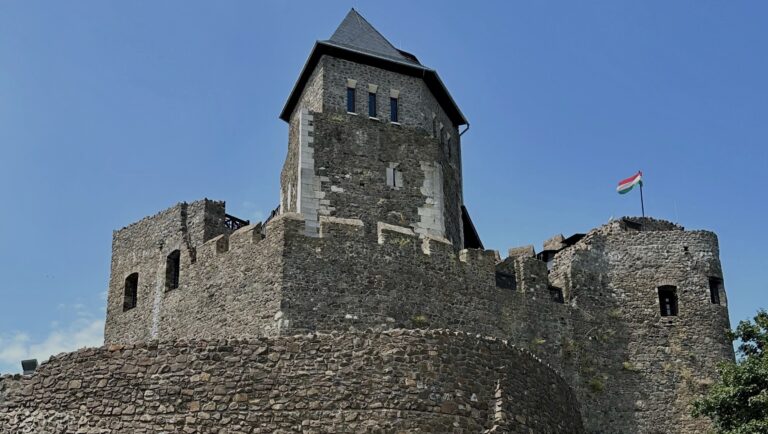This article is the first in a series of pieces dealing with the Jewish police (or ‘ghetto police’) in Hungary during the Holocaust. While much has been written about the Jewish police forces in other countries, such as Poland, the Hungarian scene is largely undiscovered. Under communism, the Jewish Hungarians who were members of the ghetto police were branded Nazi collaborators and ‘betrayers of their own kin’. In these articles, we will explore how the Jewish police was created, what its role was and how their surviving members were treated after the war.
The ghettoisation of Jews and the establishment of Jewish police units took place in rural Hungary after the German occupation of 19 March 1944. We are still not fully aware of the circumstances of the creation of the special Jewish police. The prime ministerial decree no. 1.520/1944 of late April,[i] which officially bore the cynical title ‘On the Self-Government and Representation of the Jews’, in practice set up the Association of Hungarian Jews (the ‘Jewish Council’). According to the decree, the association ‘watches over the behaviour of the Jews belonging to its association’—meaning all those wearing a yellow star in Hungary. One possible reading of the decree would be that the Association was responsible also for keeping order among Jews, but the Association had little control over rural Jewish Councils. Nevertheless, Jewish police units were set up in many ghettoes—so the real order of events still remains to certain extent a mystery.
The Jewish rural police in Hungary in 1944 was basically law enforcement agencies set up with little or no legal foundation, with the aim of maintaining the internal order of the ghettos and internment camps, as well as controlling entry and exit. In contemporary records, the police was variably referred to as ghetto police, auxiliary police, house police, internal police, but the most common name was Jewish police. It is more accurate to talk about Jewish police units than about a kind of unified, national Jewish police force. Rural Jewish councils, for instance, could communicate little with each other, if at all. In their case, we cannot talk about a law enforcement agency under central control with local branches, but about organisations formed at the local level, cut off from communication with and not aware of other Jewish police units.
Some Jewish police units were led by veterans or reserve officers, others by Jewish men who had previously worked in various intellectual professions
The Jewish police were sometimes set up by the Hungarian police or the gendarmerie, sometimes by the Jewish council, and sometimes by a mayor who otherwise had no authority in law enforcement matters. Members could be recruited as volunteers or could be appointed. Holocaust survivor András Weiss could not remember a recruitment process or any admission formalities in the Szombathely ghetto in his recollections.[ii] In Kisvárda, one could voluntarily register with the Jewish police, just as in Simapuszta in Szabolcs County. Some Jewish police units were led by veterans or reserve officers, others by Jewish men who had previously worked in various intellectual professions. According to recollections and documents, the equipment and uniform of the rural Jewish police greatly varied. Some rural police had white armbands, others had yellow armbands, and some had no armbands at all. The white armband of the Jewish police in Szolnok had the inscription ‘Jewish policeman’, while the armband of its leader had the words ‘head of the Jewish police’. Some policemen had hats, yet others were not allowed to wear hats. Some police officers had batons, some had sticks, and still others had whistles. Members of the Jewish police in Léva (today Levice in Slovakia) also had photo IDs. There are no sources that indicate that Jewish policemen were not supposed to wear a yellow star.[iii]
We know the most about the Jewish police of Szabolcs County, namely the staff of the Nyíregyháza ghetto and the Simapuszta internment camp. The ghetto police in Nyíregyháza was headed by Béla Faragó, born in Nyíregyháza in 1894, whose occupation and fate remain unknown. The Jewish police in Simapuszta was led by Lajos Gondos, born in Fogaras (today Fagaras in Romania) in 1890, a teacher, who survived the Holocaust. We also have some information about Faragó’s four deputies: merchant Ferenc Miklós (1894-1944), Ferenc Hoffman, a Jew from Nyíregyháza (1894-1945), Lajos Stark, also a local Jew (1897-1944) and Sándor Lazarovits (profession unknown). Other leaders of the local Jewish police included non-commissioned officer Miklós Lazarovits (Nyíregyháza, 1924 – 1945) and bicycle courier Miklós Bleich, who also perished in the Holocaust.
All this is not enough to draw far-reaching conclusions. We do have the full list of the members of the Jewish police in Nyíregyháza, and based on the records related to left-behind items in local archives and on the list of names of victims engraved on the memorial wall of the Jewish cemetery in Nyíregyháza, the date and place of birth and death, as well as the occupation of many are also known.[iv] The date and place of birth and the occupation of the two members of the Jewish police in Simapuszta can also been found in the archives. The average age of the Jewish police officers in Nyíregyháza and Simapuszta was 31 years, and in terms of their occupation, the majority held civilian jobs (eight merchants, three dentists, one teacher, one lawyer), and there were also one or two physical labourers and two farmers. The low average age is conspicuous, and the reason could be that Jewish men of military age were as a rule drafted into the army for labour service (munkaszolgálat); those who were not were used to fill the ranks of the Jewish police.
According to the Geographical Encyclopedia of the Hungarian Holocaust, a monumental work published in 2007 under the editorship of Randolph L. Braham, Jewish police existed in the following cities or towns: Munkács (today Mukachevo in Ukraine), Nagyvárad (Oradea in Romania), Edelény, Magyarbánhegyes, Mezőkovácsháza, Szeged, Rozsnyó (Roznava in Slovakia), Debrecen, Szolnok, Dragomérfalva (Dragomiresti in Romania), Máramarossziget (Sighetu Marmatiei, Romania) Szeklence (Sokirnicya, Ukraine), Mátészalka, Szilágysomlyó (Simleu Silvaniei, Romania), Ungvár (Uzhhorod, Ukraine) and Sátoraljaújhely.[v] In terms of staff numbers, not much connection can be discovered between the size of the settlement or the ghetto and the size of the police force: the Mátészalka Jewish police had a staff of 200, Kaposvár had 60, while Debrecen, a much larger city, had 25, Balassagyarmat 30, and Szeged 40.
Jewish police also existed in a number of other settlements
From the police reports we know that the Jewish police force operated in Ungvár with 100 people, and from memoirs and press sources that such a unit also existed in Kisvárda and Zalaegerszeg. According to DEGOB[vi] records, Jewish police also existed in a number of other settlements, including such larger cities as Békéscsaba, Székesfehérvár, Balassagyarmat and Vác. In view of the fact that, according to some historians,[vii] around two hundred ghettos were established in Hungary in 1944, the above list is rather short, although it is quite possible that further research will reveal the presence of Jewish police in ghettos or concentration camps not mentioned here. It is worth pointing out that there were also Jewish police in some concentration camps, but it is not known to what extent their staff corresponded to the Jewish police of the ghettos they had been deported from. According to Nyíregyháza survivor László Kovács, for example, the Jewish police of the Simapuszta internment camp were the same as the Jewish police of Nyíregyháza, however, as we shall see, the head of the Jewish police of Simapuszta was not the same as the commander of the Jewish police of Nyíregyháza.[viii]
In the following articles, we will look at the role the Jewish police played whether the accusations levelled against it by the Communists during the post-Holocaust years had any merit.
[i] Budapesti Közlöny, 22 April 1944.
[ii] Letters of András Weiss to the author, 31 Oct. 2019.
[iii] On this see: Randolph L. Braham (ed.), A magyarországi holokauszt földrajzi enciklopédiája, Budapest, Park, 2007, vol. II., pages 906, 1018, and vol. I., page 346. See also: Új Magyarság, 18 May 1944.; Magyar Nemzeti Levéltár Szabolcs-Szatmár-Megyei Levéltára (hereon cited as MNL SzSzBML), XXV.1.142.1945.
[iv] MNL SzSzBML, IV.b.759. and IV.B.413.
[v] ’A magyarországi holokauszt földrajzi enciklopédiája’, vol. I., pages 273, 330–332, 346, 373, 379, 425, 467, 500–501, 580, 658, 693, 711, 772, and vol. II., 772, 906, 972, 1018, 1087, 1241, 1385.; Attila Baki, Bars és Hont közigazgatásilag egyelőre egyesített vármegyék zsidóinak története és holocaustja, 1938-1944’, Budapest, Eötvös Loránd University PhD thesis, 2014, 142, 145.
[vi] http://www.degob.hu, testimonies no. 3, 133, 180, 220, 747, 816, 914, 588, 933, 938, 1094, 2830, 3216, 3275, 3314, 3476, 3547, 3550, 3554.
[vii] Judit Molnár, ’A kétszáz gettó országa’, Hetek, 4 Apr. 2014.
[viii] László Kovács, Tanú vagyok. Életrajzi töredékek, Nyíregyháza, Szabolcs-Szatmár-Bereg Megyei Önkormányzat Levéltára, 2004, 40.

